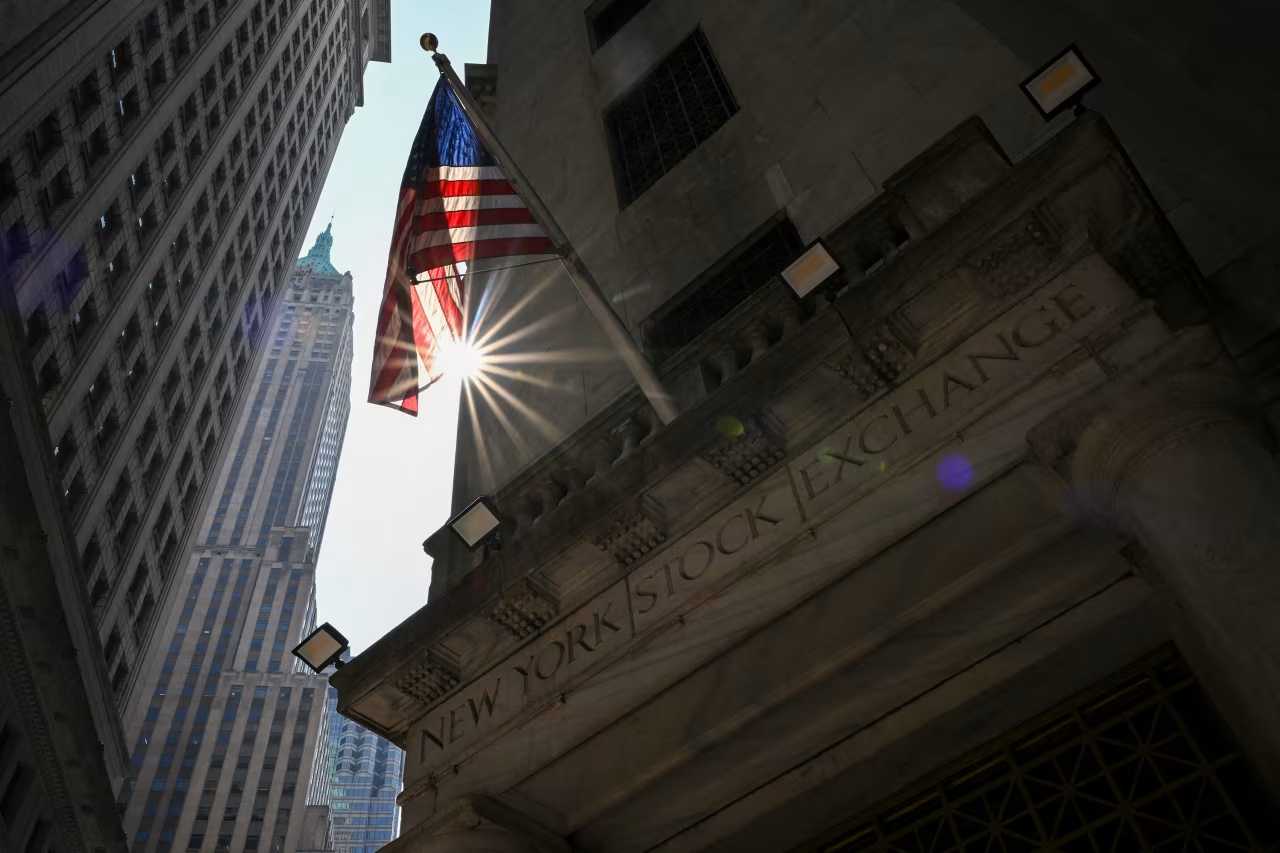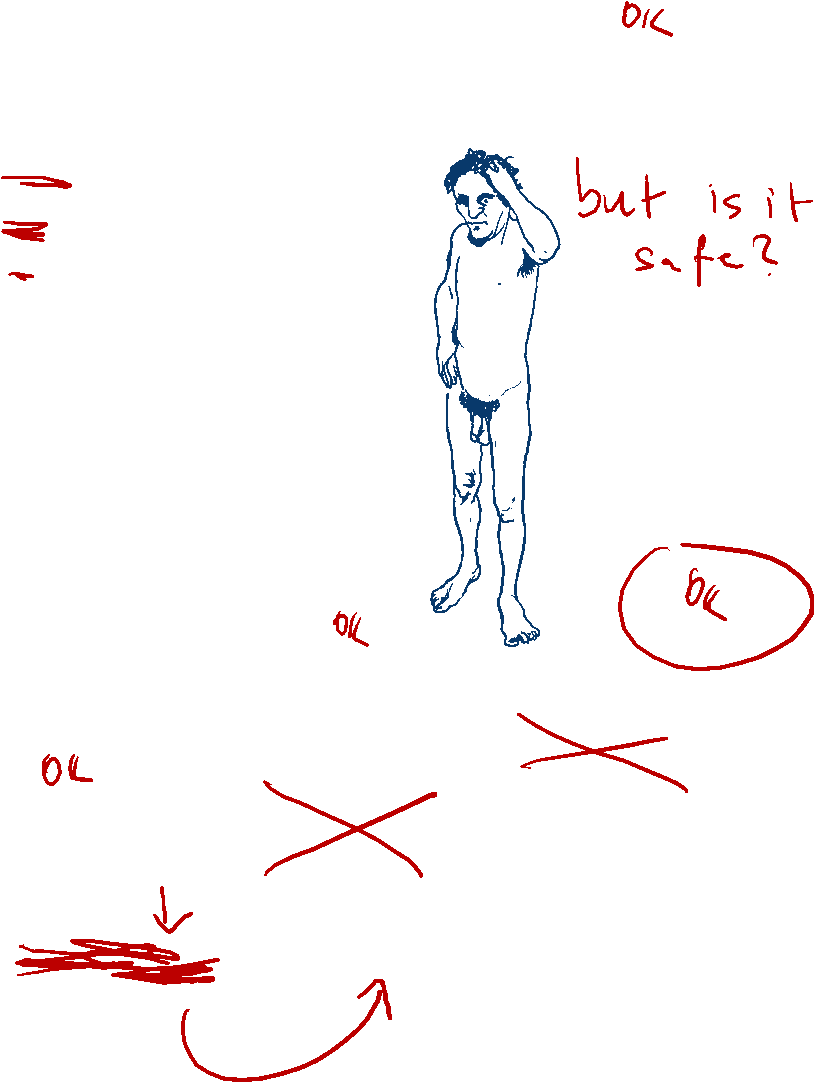From a valley tucked within the majestic Teton mountains, Federal Reserve officials are giving clues on where interest rates might be headed.
In July, Fed Governor Christopher Waller and Fed Vice Chair for Supervision Michelle Bowman dissented with the central bank’s decisions to hold rates steady for the fifth time in a row, instead backing a quarter-point rate cut. They pointed to signs of weakness in the labor market as a key reason to lower rates now
They aren’t the only Fed officials raising that concern.
“The labor market has softened, and I would see additional slowing as unwelcome,” San Francisco Fed President Mary Daly wrote in a post on LinkedIn last week. “Once the labor market stumbles, it tends to fall quickly and hard.”
Some Fed policymakers are still on edge over the possibility of President Donald Trump’s tariffs not having a limited impact on inflation after all. The latest Producer Price Index, which measures the prices businesses pay their suppliers, came in much worse than economists had expected, surging 0.9% in July from the prior month.
“The last inflation report that came in, where you saw services inflation — which is probably not driven by the tariffs — really start shooting up,” Chicago Fed President Austan Goolsbee told Bloomberg on the sidelines of the Fed’s Jackson Hole conference. “It’s a dangerous data point, I’m hoping that that’s a bit of a blip.”
Boston Fed President Susan Collins, also on the sidelines of the conference, told The Wall Street Journal that it’d be appropriate to cut rates in September if the labor market weakens more than price pressures have picked up.
Both Goolsbee and Collins are able to vote on rate decisions this year.



















